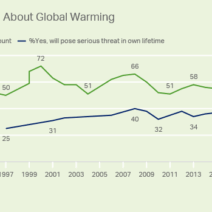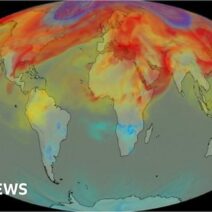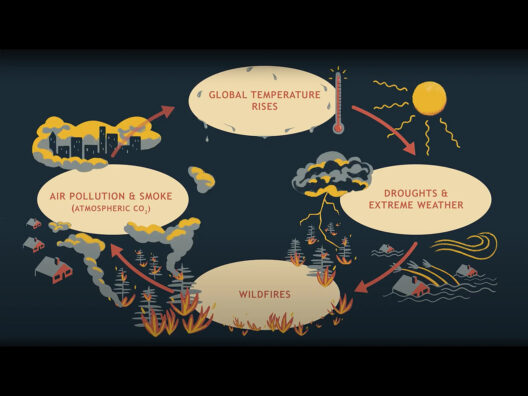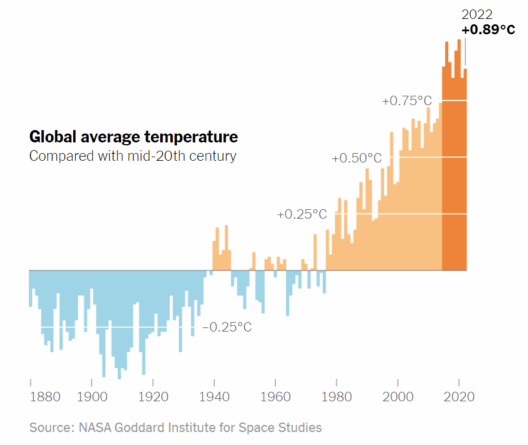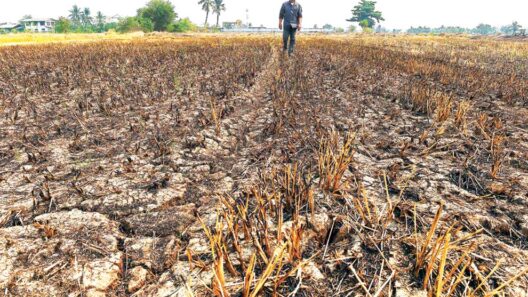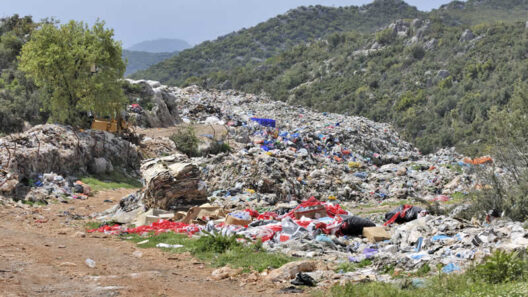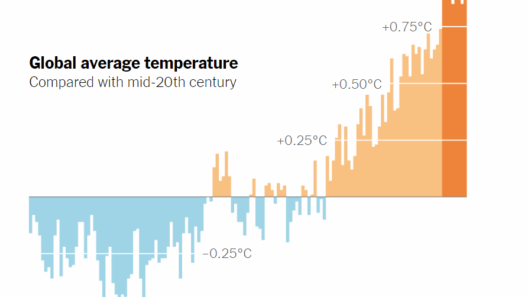The Earth has long been a realm of exquisite balance and intricate interconnectedness. Over millennia, it has demonstrated a remarkable capacity for resilience. However, in the face of escalating climate change, this innate adaptability is under profound strain. It’s imperative to comprehend how various elements of our natural world exhibit resilience to global warming and what this signifies for our future.
Nature’s resilience manifests through an array of physiological and ecological processes. This includes the tenacity of species adapting to rapidly changing conditions, ecosystems evolving under duress, and biogeochemical cycles attempting to restore equilibrium in the face of anthropogenic interference. The juxtaposition of resilience against the backdrop of climate change not only elucidates the dynamic nature of our environment but also underscores the need for a profound shift in our societal perspective.
To commence, one must examine the capacity of flora and fauna to adapt to shifting conditions. Certain species exhibit a remarkable ability to shift their geographical ranges in pursuit of suitable habitats as temperatures rise. For instance, numerous tree species have been observed migrating poleward or ascending to higher altitudes where cooler conditions prevail. This adaptation, while promising, hinges on the availability of suitable habitats and the speed of climate change, raising concerns over whether some species can migrate quickly enough to avoid extinction.
Moreover, the phenomenon of phenotypic plasticity offers another fascinating insight into nature’s resilience. This refers to an organism’s ability to alter its physiology or morphology in response to environmental changes. Some species of fish, for instance, can modify their reproductive timing and behavior as water temperatures escalate. Such adaptations not only enhance their survival prospects but also contribute to the stabilization of aquatic ecosystems, spotlighting the intricate dance of life and survival.
On the other hand, we cannot overlook the crucial role of ecosystems in fostering resilience. Coral reefs are a telling example of nature’s response to climate adversities. Although coral bleaching events tend to devastate these vibrant ecosystems, certain species of corals are demonstrating remarkable adaptability. Some are acquiring symbiotic algae, known as zooxanthellae, that are more tolerant to heat. This phenomenon illustrates the potential for evolutionary change under duress. However, it remains uncertain whether such adaptations can keep pace with the rapidity of ongoing climate shifts, emphasizing the fragility of these systems.
The interplay of species within an ecosystem also illustrates nature’s resilience. Biodiversity serves as a buffer, enhancing ecosystems’ ability to recover from disturbances. In a biodiverse environment, if one species falters due to climate impacts, others can often fill the void. This redundancy is key for maintaining ecological integrity, yet many ecosystems are experiencing biodiversity loss at an alarming rate. The decline of bee populations serves as a poignant reminder of how the erosion of biodiversity can reverberate through food webs, jeopardizing not only the individuals within these systems but also the services they provide to humanity.
Highlighting another dimension of resilience, we can turn our attention to biogeochemical cycles. Nature continuously strives for equilibrium, recycling nutrients even amidst significant disruptions. For instance, carbon cycling is critical in managing atmospheric CO2 levels. Forests, wetlands, and oceans function as carbon sinks, absorbing substantial amounts of carbon dioxide. However, as global temperatures rise, these natural systems may encounter tipping points. For example, forests stressed by drought may become carbon sources rather than sinks, illustrating the delicate balance that exists within these cycles.
The repercussions of climate change are also prompting new patterns of natural phenomena, which in some instances, mimic resilience. Increased instances of wildfires can lead to regenerative processes in certain ecosystems. Many flora species have evolved to thrive post-fire through mechanisms such as serotiny, wherein seeds germinate only after exposure to the extreme heat of a fire. This showcases the dual-edged sword of resilience—a process that can foster regeneration while simultaneously propagating destruction.
Another compelling facet of nature’s resilience is its power of regeneration. The regenerative capacity of ecosystems, such as wetlands, highlights the inherent strength of the Earth. Given sufficient time and reduced human interference, these ecosystems can restore themselves and even enhance their functionality. This presents an optimistic narrative in the remarkably complex story of ecological resilience. Our challenge lies in facilitating this regenerative capacity, particularly amid increasing challenges posed by climate change.
Climate action is necessary, and understanding how nature adapts is crucial to our approach. The insights gleaned from nature’s resilience can inform conservation strategies, environmental policies, and community activism. Preserving biodiversity, reducing greenhouse gas emissions, restoring ecosystems, and investing in sustainable practices are integral to fortifying the Earth’s resilience. By doing so, we may not only enhance our own prospects for survival but also allow the Earth to regain its equilibrium.
In summation, the resilience of nature in the face of global warming is emblematic of the intricate web of life that has persisted for eons. While the forces of climate change pose substantial challenges, the adaptability of ecosystems, species, and biogeochemical processes underscores nature’s incredible tenacity. Nevertheless, it is critical to recognize that human influence complicates these narratives of resilience. Embracing a profound shift in perspective—acknowledging our role as stewards of the planet—can ultimately pave the way toward a more sustainable future where human endeavors are harmonized with the rhythms of nature. No longer can we view ourselves as separate from the natural world; we are inextricably linked, and our fates are intertwined. Nature’s resilience invites curiosity and prompts us to reconsider our relationship with the Earth—a relationship that must transform if we are to ensure the vitality of our planet for generations to come.
